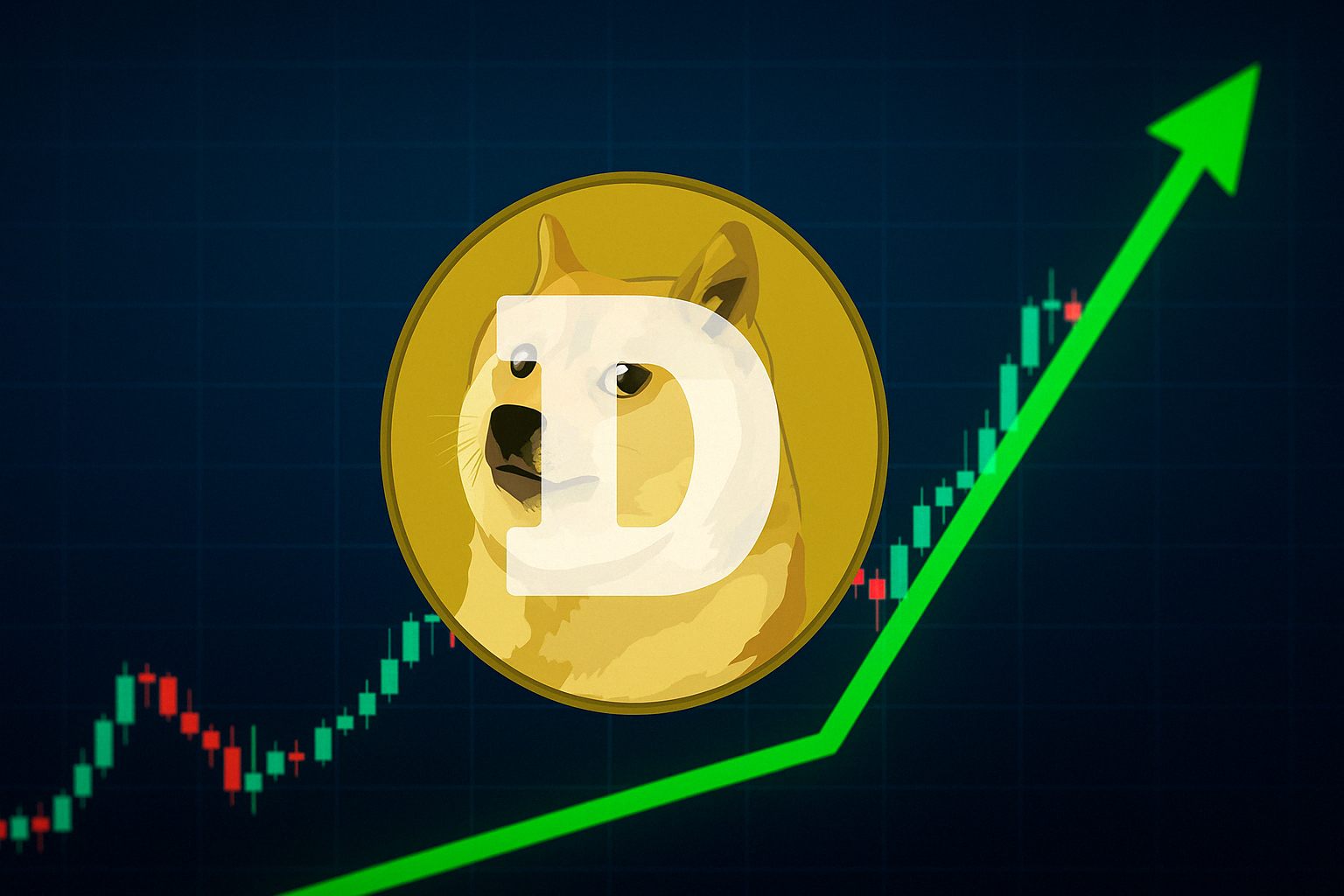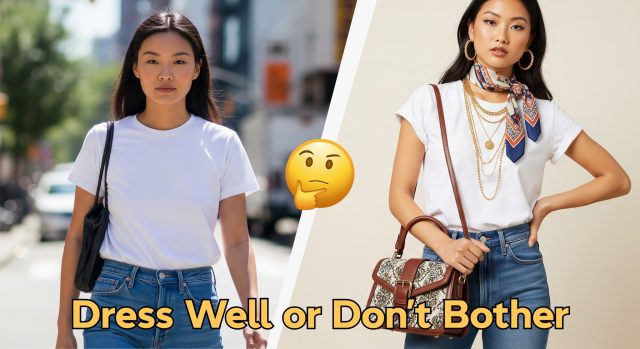Why ChatGPT can’t save marketing—or marketers
Beware of shiny objects.

As the last month in the first quarter, March is when clients and agencies look longingly for signs of growth—any green shoots that hint at a bountiful year ahead.
So as our hearts melt with the coming of spring, let’s take a moment to consider what really drives meaningful growth, so we can plant the seeds now before it’s too late.
But wait, we already know what drives growth, don’t we? Marketing is an investment, and growth is the return on that investment. Marketing drives awareness and behavioral change. If the word marketing is in your job description, that’s the reason for your existence—to drive business growth by building brand preference.
And yet, even as you read this, CFOs across the country are slashing marketing budgets in anticipation of the recession getting worse, an economic fall off a cliff that makes the next Tom Cruise stunt look like a hop, skip and a jump. Someone who’s been through an economic downturn might suggest that driving consumer preference is the only way to make it through a recession and come out the other side, but most companies—too many, in fact—are run by financial people, not by product people, marketing mavens or operationally-obsessed leaders focused on customer experience. The company’s strategic brand house may have growth somewhere in the attic, but all the talk in the kitchen is about performance and optimization.
In other words, CMOs are struggling to make the case to their CFOs that marketing isn’t a discretionary expense t be turned on or off like a faucet. That’s reckless behavior, because a weak brand is the first sign of business malaise—the runny nose the day before you’re in bed with a fever. Coming out of a pandemic, we should know better.
The health of your brand is the health of your business. As a marketer, your job is to do everything you possibly can to keep your company’s most valuable asset healthy.
Sounds doable, but then again, old habits are hard to break. Eating our vegetables will help us stay big and strong, but wait, is that bag of chips already open? Is that a cold beer next to the orange juice? Marketers are all too human, which means they are easily distracted from the task at hand.
Marketers love to talk about elusive consumers, media fragmentation and the enforced-ADHD of our digital lifestyles, but most of the people working in marketing are at the extreme end of that spectrum themselves. Attention-challenged procrastinators with a technophile’s fetish for a quick rush of dopamine. Explorers on an endless quest for the shiny and new.
Remember when digital banners and page takeovers were the future of advertising? What about programmatic advertising, or a little harmless stalking as we follow cookies across the online landscape? It’s all about social, and the only platform that matters is Facebook, no, what about YouTube, how about Instagram, hmm, is anyone under the age of 40 on Facebook anymore, so what’s your TikTok strategy?
Or, Forget all that, brands need to invest in the metaverse, that’s where all of us will be spending all of our time, well, some of our time, someday, maybe not today, and perhaps not tomorrow either, but you must admit, it’s kind of cool, except for the whole headset thing, the crap resolution and the fact that nobody is really there yet.
Just put down the AR goggles, because the answer to our prayers—the absolute fountain of youth for an industry past its prime—has arrived.
ChatGPT is here!
Except that, at best, ChatGPT is a tool, a powerful one, that can save time and help creative talent focus on bigger thinking, but at worst, it’s a shortcut to mediocrity at scale. But if you’ve been talking to marketing people lately—clients and agencies—you’d not only think ChatGPT is going to render all of us obsolete, it’s going to make marketing more effective and consumers more malleable.
It is another shiny object, and we are cats chasing its reflection across the floor.
You don’t need a gizmo, you need an idea. You need an idea for a story, because stories are what people remember. Make your consumer the protagonist, your brand the catalyst, and tell a tale of transformation, redemption or discovery. From myths to memes, stories are what we share. And campaigns are never-ending stories.
Which means creativity and non-linear thinking are still the most powerful tools in your arsenal. When did our industry become so self-conscious that we run away from what attracted us to marketing in the first place? Creativity is what we crave. (If you don’t believe me, just ask any of the agencies that made Ad Age’s A-List.)
Yes, the lockdowns made it harder to iterate and ideate our way to greatness. And sure, the return to the office has been awkward, and the recession has sent a deathly chill down the spines of even our bravest clients, but all the more reason to raise the bar now. Nobody told us this business was easy; we were just promised it was fun. Creativity makes it fun.
Breakthrough creative ideas have the added benefit of making campaigns more than nine times as effective, according to the Institute of Practitioners in Advertising (IPA). Creativity fuels agency culture and client fame, which leads to a virtuous cycle of business growth, which fuels bravery, which drives creativity, and so on.
It’s not complicated, but it is hard. It takes courage, collaboration and focus. A focus on ideas without getting distracted by the false promise of a shortcut.
Tools are great, technology is fun, targeting is key and measurement is a great way to convince your CFO he knows nothing about marketing, but none of it matters if you don’t have a campaign idea that can get my attention, soften my heart and open my wallet.
So go ahead and chat with GPT, or anyone else for that matter, but stop looking for the next big thing, because the next big idea is all you need.

 JimMin
JimMin 
































